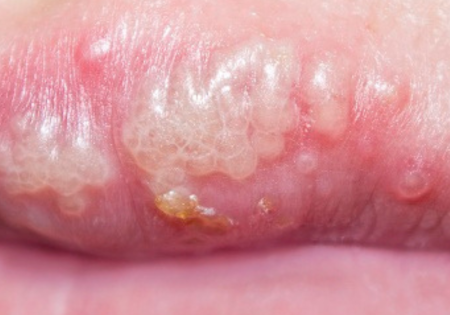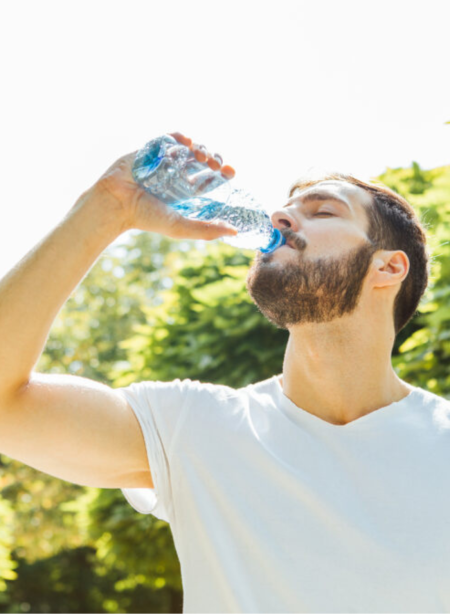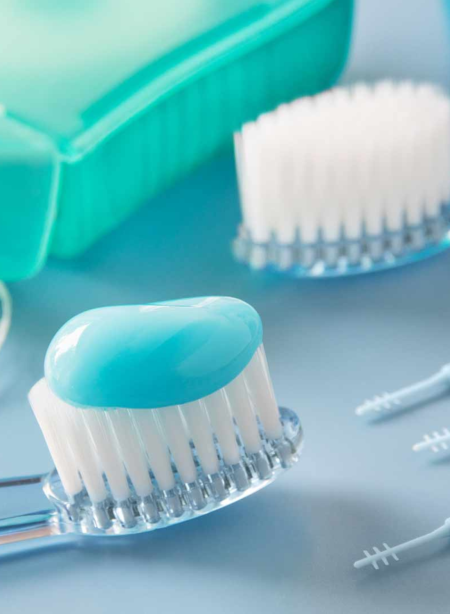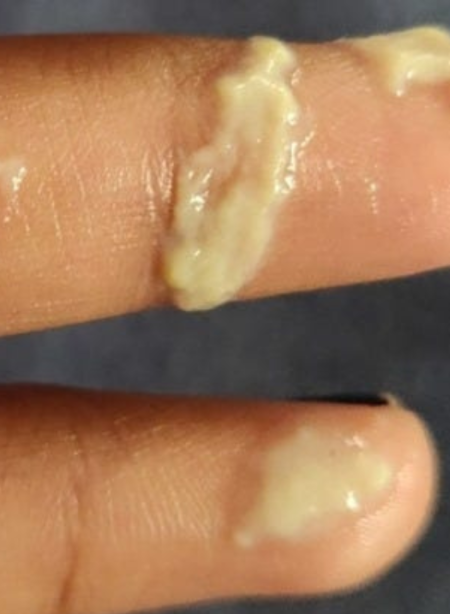Examining the Factors That Cause Women’s Intimate Areas to Feel Tight or Dry During Intimacy
Physical Factors: Insufficient vaginal lubrication due to improper arousal.
Moisture levels are impacted by hormonal changes, such as menopause or variations throughout menstrual cycles.
Dryness can be caused by specific drugs or medical problems, such as vaginal atrophy.
Tightness caused by spasms or tension in the pelvic floor muscles.
Psychological Factors: Emotional strain or stress impeding arousal and relaxation.
Past traumatic events causing unease or tension in the psyche.
Environmental Factors: Products that cause irritation or dryness, such as soaps, detergents, or lubricants, might cause allergies or sensitivities.
Climate can have an impact on vaginal moisture, especially low humidity levels.
Lifestyle factors that affect vaginal lubrication include smoking, binge drinking, and dehydration.
Decreased flexibility and lubrication of the vagina due to irregular sexual activity.
Inadequate foreplay or hurried intimacy prevents natural lubrication and appropriate arousal.
Relationship dynamics and communication: Not being honest with a spouse about preferences or discomfort.
Problems or difficulties in the relationship that impact comfort and intimacy levels generally.
Cultural and societal influences: Discussions about sexual health are often taboo or stigmatized, which makes it easier to ignore issues.
Social factors that affect one’s self-esteem and body image might have an indirect impact on one’s sexual experiences.
Medical Intervention and Treatment: Seeking advice from a medical professional regarding any underlying medical issues that may be causing dryness or tightness.
To relieve symptoms, use moisturizers, lubricants, or hormone therapy under physician supervision.
Holistic Approaches: Using mindfulness or deep breathing exercises as relaxing methods to ease tension and stress.
putting self-care activities first to support general sexual health, such as drinking enough water, eating a balanced diet, and exercising frequently.
Education and Awareness: Encouraging thorough sexual education to dispel myths and provide people the tools they need to take care of and understand their bodies.
promoting proactive dialogues to address issues and look for suitable direction and treatment choices with medical professionals.
Individual Variability: Understanding that there might not be a universally applicable remedy and that people’s experiences of dryness or tightness during intimacy can differ significantly from person to person.







